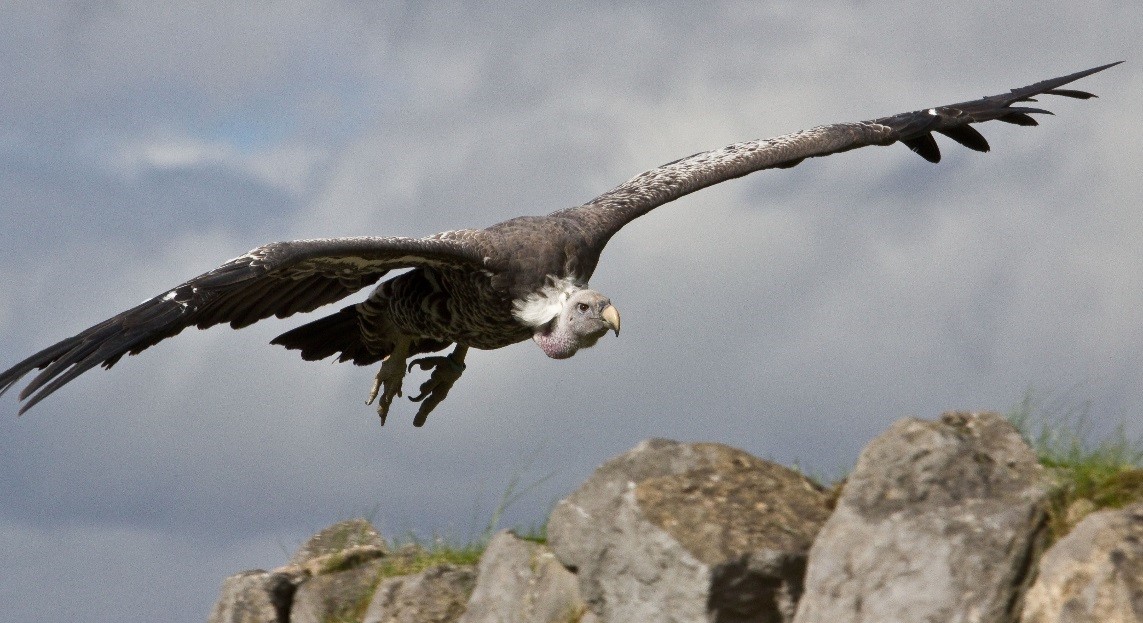
Of the world’s threatened birds, over 80% have populations that are currently in decline, just 10% are stable, whilst only 4% are increasing (largely owing to conservation action). For 3%, the direction of the current trend is unknown or unset. Furthermore, 83% of the 1,001 Near Threatened species have decreasing populations and therefore on a slippery slope towards becoming threatened. The rates of decline vary greatly, but even slow decline can lead to catastrophic consequences if sustained.

Rate of population decline is the first of five criteria used by the IUCN Red List to evaluate whether a species qualifies as threatened (i.e. Vulnerable, Endangered, or Critically Endangered). Population declines are measured over the longer of ten years or three generations for the species in question. If decline is ≥50%, the species qualifies as Vulnerable, if decline is ≥70% it qualifies as Endangered, and if decline is immensely rapid at ≥90% the species is Critically Endangered. Of the 1,481 threatened bird species, 83% have declining populations. This figure is the same for Near Threatened species, with 83% (835 species) undergoing population declines. Furthermore, a mere 3% of Near Threatened species’ populations are increasing and only 10% are stable. These species require conservation efforts as well, particularly as proactive conservation can prevent species from becoming threatened, thereby avoiding reactive conservation once a species has fallen into dire conditions.
A rapid decline does not necessarily mean that population numbers are very low. Instead, it demonstrates how quickly the population is crashing and therefore the speed at which the entire species could fall towards extinction. For example, Rüppell’s Vultures Gyps rueppelli (pictured above) have 22,000 individuals across the expanse of their range. Although this may not sound critically low, this species has seen a 97% decrease in its population over just three generations (56 years) and has therefore become an urgent focus of conservation action (Ogada et al. 2016).
On the flipside, when species have tiny populations, declines of any rate are an immense cause for concern, particularly as this leaves a species vulnerable to sudden, unpredictable events such as disease or natural disasters. Very small declining populations are also far more susceptible to inbreeding and the loss of genetic diversity, which makes them worse equipped to deal with threats like disease. For example the Polynesian Ground-dove Alopecoenas erythropterus, which is endemic to French Polynesia, has been reduced to fewer than 200 individuals. The combined effects of habitat degradation, invasive species, rising sea level, and increasingly frequent storms are contributing factors in its decreasing population trend and susceptibility.
Rapid declines or declines in very small populations may seem the most pressing candidates for conservation action. However, slow sustained declines can likewise have catastrophic consequences. For example, albatrosses are long-lived species that undergo phenomenal migrations, mate for life, and produce a single chick every one or two years. Their fatal attraction to baited longline hooks and fish offal from commercial and artisanal fisheries has been the leading cause of sustained population declines for 13 of the 22 species. Adults killed are abandoning a mate or a chick that will likely die without the nurturing it requires. As a result, 15 of the 22 albatross species are threatened, and six of the other species are Near Threatened.
As it is clear that all rates of threatened species population decline require conservation attention, it is troubling that 83% of threatened species are faced with decreasing populations. Even with the incredible efforts of conservationists worldwide, the state of the worlds’ birds is likely to deteriorate further unless well-enforced international policies that integrate local communities in conservation action can be rapidly established.
Links
References
Ogada, D., Shaw, P., Beyers, R.L., Buij, R., Murn, C., Thiollay, J.M., Beale, C.M., Holdo, R.M., Pomeroy, D., Baker, N., Krüger, S.C., Botha, A., Virani, M.Z., Monadjem, A. and Sinclair, A.R.E. (2016). Another Continental Vulture Crisis: Africa’s Vultures Collapsing toward Extinction. Conservation Letters 9: 89-97.
Compiled: 2008 Last updated: 2020
Recommended Citation:
BirdLife International (2020)
Most threatened birds are in decline.
Downloaded from https://datazone.birdlife.org/sowb/casestudy/most-threatened-birds-are-in-decline on 22/12/2024